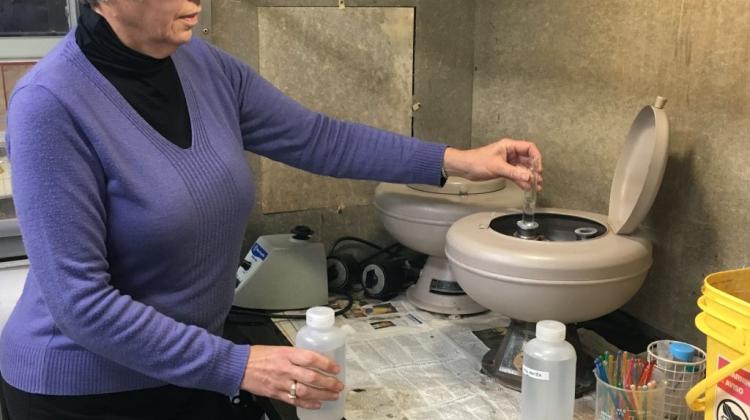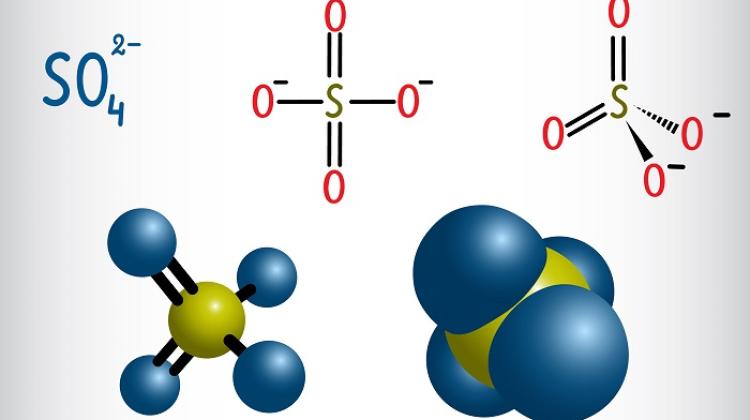Teeth reveal the diet of early farmers

Wheat and barley were the basis of plant diet of inhabitants of northern Iraq 8.5 thousand years ago - told PAP Dr Arkadiusz Sołtysiak from the Institute of Archaeology, University of Warsaw, who took part in testing the microresidues of plants preserved in calculus.
Until recently, northern Iraq was rarely the area of research of archaeologists. In recent years research in this region has been intensified - many archaeological teams moved from the war engulfed Syria. There, in the region of the upper Tigris, in the mountainous part of northern Mesopotamia, the site Nemrik 9 is located - a settlement and burial ground from which the tested teeth originate.
"This is the first such project for very early Neolithic, the times when people began to cultivate crops and farm animals" - explained in an interview with PAP Dr. Arkadiusz Sołtysiak. In addition to the Polish researcher, Dr. Linda Scott Cummings of PaleoResearch Institute in the USA and Chad Yost were involved in the research project.
The study involved the analysis of microresidues preserved in calculus. The researchers studied teeth of a total of 11 deceased persons, whose skeletons were dug out during excavations at Nemrik 9 in northern Iraq by the team led by Prof. Stefan K. Kozłowski (currently working at the Institute of Archaeology, Cardinal Stefan Wyszynski University in Warsaw). Excavations took place in the 1980s. Some of the nearly one hundred skeletons were brought to Poland and detailed anthropological analysis was recently completed. Now the time came for a detailed analysis of calculus.
"We managed to establish that the deceased ate mainly wheat and barley. Less intense tooth wear than in the later Bronze Age suggests that they did not eat too many processed cereal products - the meat of wild animals could still be a big part of the diet" - said Dr. Sołtysiak.
Tested microresidues of plants preserved in stored in calculus are primarily phytoliths, which are highly mineralized, microscopic siliceous formations found in plant cells.
Tooth decay was not a big problem at that time - its incidence in the case of tested skeletons was very low. According to Dr. Sołtysiak, this was probably due to the fact that these people have limited access to sugars, which are subject to lactic acid fermentation.
The researchers also discovered a possible ancient teeth cleaning method. In one case, they found a piece of wood stuck in the calculus.
"It could be a trace of the use of the stick used for daily oral hygiene. Even today easily splitting twigs are used for cleaning teeth in the Middle East" - said the researcher. The researchers, however, were not able to determiner the species of the tree, which used to make part of this possible "ancient toothbrush".
PAP - Science and Scholarship in Poland
szz/ mrt/
tr. RL
Przed dodaniem komentarza prosimy o zapoznanie z Regulaminem forum serwisu Nauka w Polsce.


















